In preservation, it is often observed that one of the most promising tactics for the achievement of a “preservation win” is the engagement of as diverse a collection of partners as possible to participate in the project at hand.
One compelling example of this approach is the movement within preservation to connect public health to the preservation of the built environment by capitalizing on the fact that medical professionals have long noted the connection between historic walkable neighborhoods and positive health outcomes.
For example, over a decade ago Ken R. Smith, Barbara B. Brown, Ikuho Yamada, et al published their 2008 research entitled “Walkability and Body Mass Index” in the American Journal of Preventative Medicine, writing, “Increasing levels of walkability decrease[s] the risks of excess weight. Approximately doubling the proportion of neighborhood residents walking to work decreases an individual’s risk of obesity by almost 10%. Adding a decade to the average age of neighborhood housing decreases women’s risk of obesity by about 8% and men’s by 13%.”
The Power of Partnerships
Partnerships like the ones between public health advocates and preservationists, while signifying the future of the preservation movement, pay homage to what has long been recognized as the best way to get stuff done – collaboration. Fortunately, Pennsylvania is blessed many with vibrant stories of preservation collaboration throughout the Commonwealth (Remember! Tell the PA SHPO how preservation is happening where you are by using the #PreservationHappensHere hashtag in your social media posts or by sharing it with the PA SHPO here. Your story just might be the next Community Initiative Award winner!).
The story of two of the workforces of Laurel Hill State Park – the Civilian Conservation Corps and its modern-day companion HistoriCorps – is one such successful tale of partnership, collaboration, and preservation success in Pennsylvania.
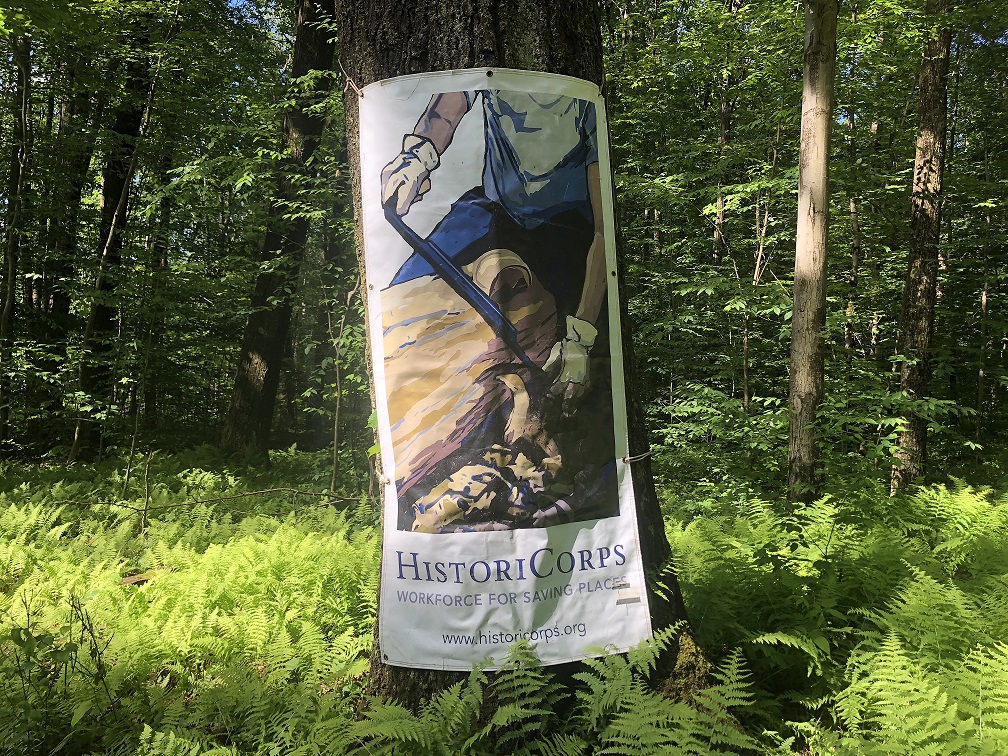
The HistoriCorps Laurel Hill State Park Mess Hall project relied on a crucial partnership between Pennsylvania’s Department of Conservation and Natural Resources (DCNR), the Pennsylvania Parks and Forests Foundation’s Friends of Laurel Hill, the 501(c)3 preservation organization HistoriCorps, and HistoriCorps’ workforce of volunteers who arrived on the jobsite from homes all over the country.

The Laurel Hill State Park Story
The story of Laurel Hill as a state park begins in the mid-1930s when the Federal Emergency Relief Administration sought to convert so-called “sub-marginal” landscapes to better uses and collaborated with the National Park Service to create “Recreational Demonstration Areas (RDAs)” to accomplish a number of important recreational, environmental, and economic goals in targeted regions throughout the country.
These Recreational Demonstration Areas were completed as part of the New Deal Era work of Franklin Delano Roosevelt’s Civilian Conservation Corps (CCC). As a result of the sweeping impact of this workforce development program, the CCC has been enshrined in the national consciousness of the United States for both its job training and its significant contributions to the American recreational landscape.
To learn more about the substantial work of the Civilian Conservation Corps in Pennsylvania, the history of the CCC, and the preservation of Laurel Hill State Park, be sure to read our two-part blog series “CCC History @ Pennsylvania’s Laurel Hill State Park” here and here!

While the work of the CCC ended after roughly a decade as a result of the diversion of American resources toward the Second World War effort, seventy years later the mission of that workforce – to provide important skills training and transform landscapes – was revived by an organization called HistoriCorps.
The HistoriCorps Story
As a 501(c)3 nonprofit, HistoriCorps prides itself on being a workforce for saving places – many of which were originally crafted by the CCC nearly a century earlier – by providing volunteers of all skill levels with on-the-job training for crucial preservation rehabilitation and restoration needs on public lands throughout the country.
HistoriCorps officially launched in 2009 when the United States Forest Service collaborated with the historic preservation nonprofit Colorado Preservation, Inc with the mission of forming “a ‘corps’ modeled after community service programs like the renowned Depression-era Civilian Conservation Corps… to save historic structures on public lands and provide resources including volunteers, expertise, tools, and equipment.”[1]
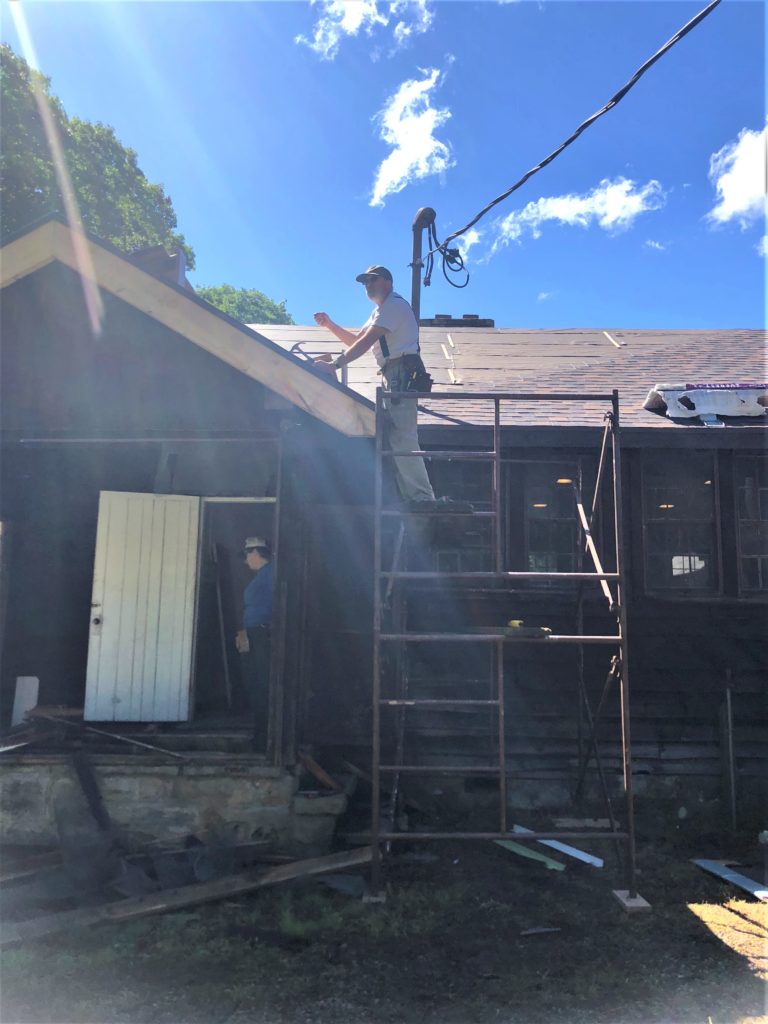
HistoriCorps welcomes volunteers ages 14 and up for weeklong projects with no cost to the volunteer other than transportation to the project location and requires no prior construction or preservation experience. Today, a mere decade after its establishment, HistoriCorps runs roughly 40 different preservation projects a year at locations scattered throughout the entirety of the United States, and this year counted the Laurel Hill State Park Mess Hall project amongst their number.

HistoriCorps at Laurel Hill State Park
The Laurel Hill State Park Mess Hall project was born out of a desire to preserve important park history while simultaneously providing built resources that bolster and enhance the park’s goals and programming. Age, weather, and disuse – Laurel Hill State Park has Pennsylvania’s largest collection of CCC resources, meaning that their use presents a considerable challenge – all contributed to the mess hall’s deterioration over time.
With the PA SHPO’s encouragement, PA DCNR and Laurel Hill State Park management made the decision to seek out opportunities to engage in partnerships to rehabilitate the substantial 80-plus-year-old CCC building, and consequently collaborated with HistoriCorps to work towards its preservation. Without the financial commitment and the dedication of time and effort by the Pennsylvania Parks and Forests Foundation’s Friends of Laurel Hill and the management at Laurel Hill, the park’s successful partnership with the HistoriCorps organization and its workforce would never have come to fruition.
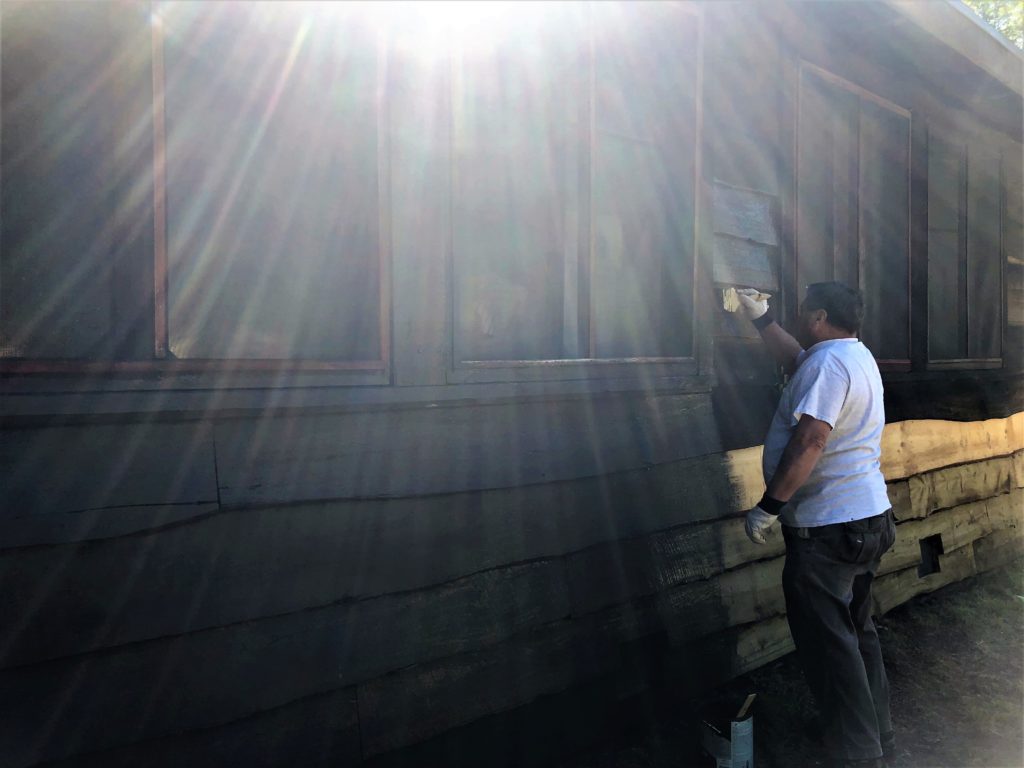
Over the course of two terms of work – May 30th-June 4th and June 6th-11th – volunteers from states that included West Virginia, Massachusetts, Texas, Michigan, Ohio, and Pennsylvania worked to stabilize and restore the exterior of the mess hall. After repairing roof decking as necessary, they removed and replaced deteriorated asphalt shingles, replaced deteriorated wood siding, and repaired and/or replaced rotten wooden rafter tails and porch beams.
As befitting their mission as a preservation organization and in-keeping with the desires of Laurel Hill State Park staff and friends, HistoriCorps and their volunteers adhered to the highest preservation standards and sensitively exchanged damaged materials for in-kind replacements. For example, rotten pieces of wood siding were replaced with new boards of compatible style and species and were harvested from trees that had reached the end of their lifespans, thereby continuing the CCC’s traditions of conservation and responsible landscape management.
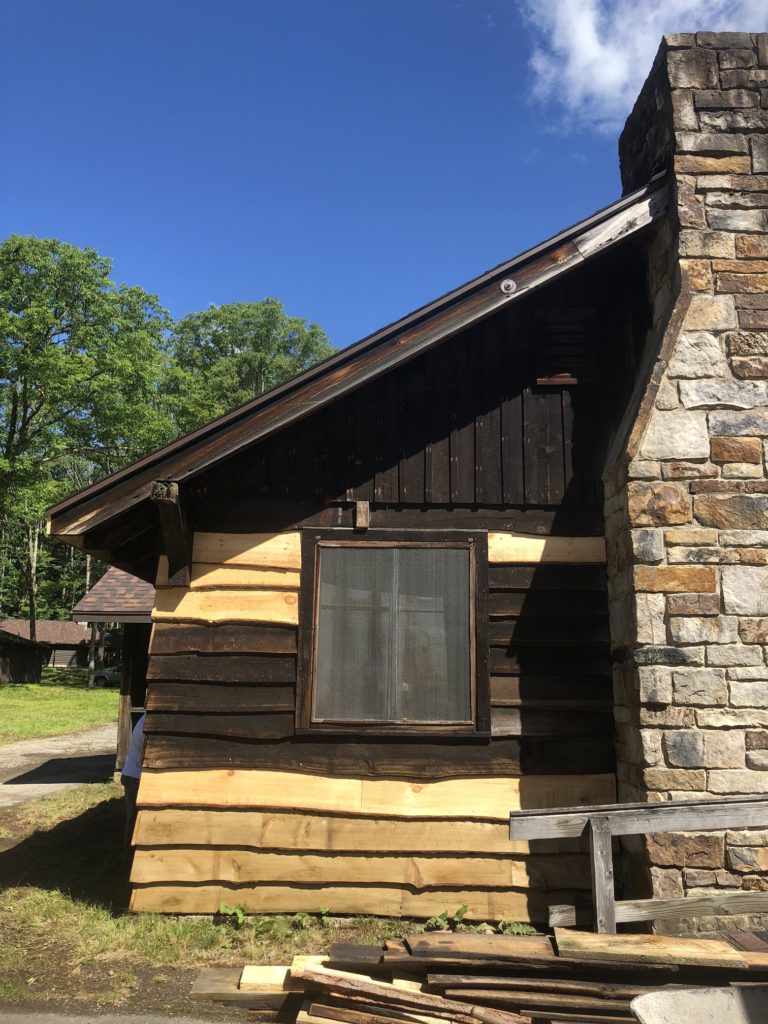

The Results
While the HistoriCorps volunteers learned skills specific to the needs of this project, the expertise they gained from this experience is transferrable to many other preservation projects and tasks throughout the country. Equipping volunteers with the necessary skills to meaningfully contribute to the preservation of the built environment highlights the resounding impact of partnerships like the one established between PA DCNR, Laurel Hill State Park and their friends, and the HistoriCorps organization.
Through their collaboration on this meaningful preservation project, future visitors to Laurel Hill State Park will have a renewed and enhanced opportunity to learn the history of the CCC at Laurel Hill State Park as well as participate in Laurel Hill’s important conservation and education programming.
The commitments to partnership and collaboration by PA DCNR, Laurel Hill State Park management, Pennsylvania Parks and Forests Foundation’s Friends of Laurel Hill, and HistoriCorps have come together to turn liabilities into assets, expensive eyesores into attractions, and bring new visitors to old places[2] – all major successes.
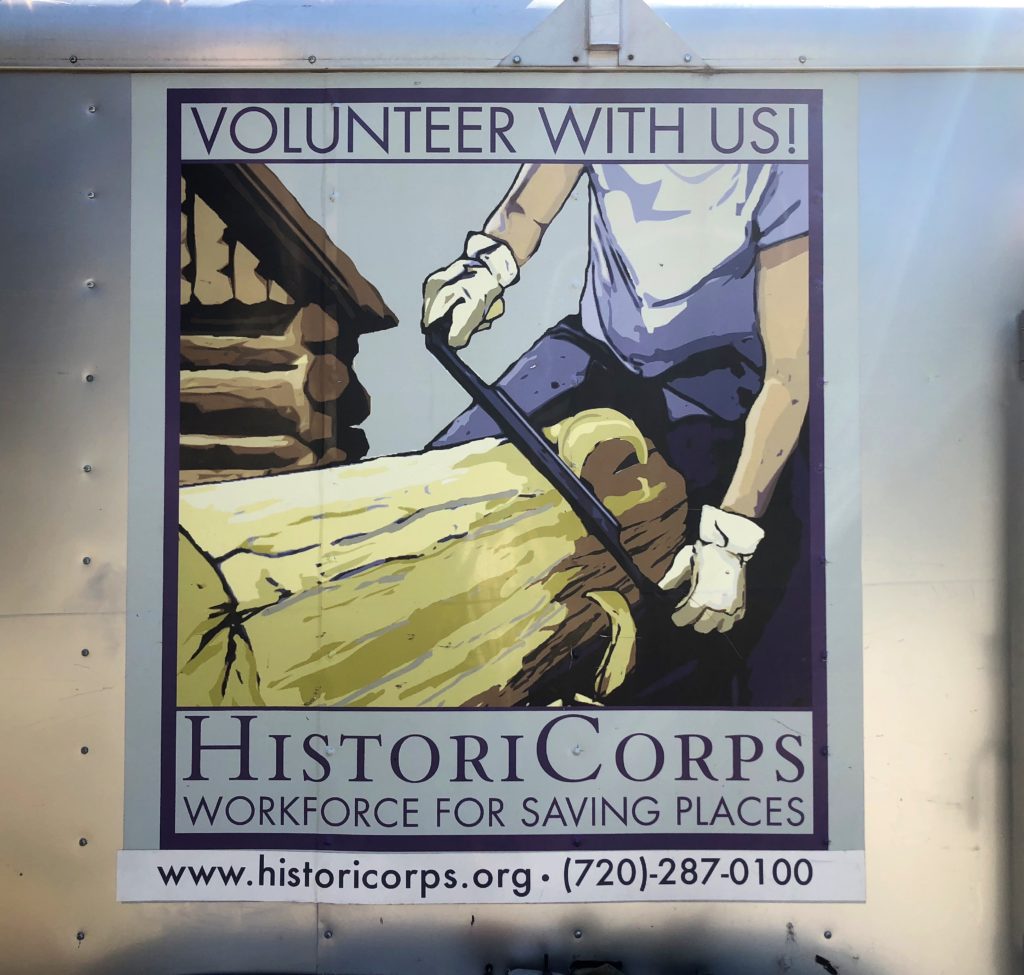

Leave a Reply